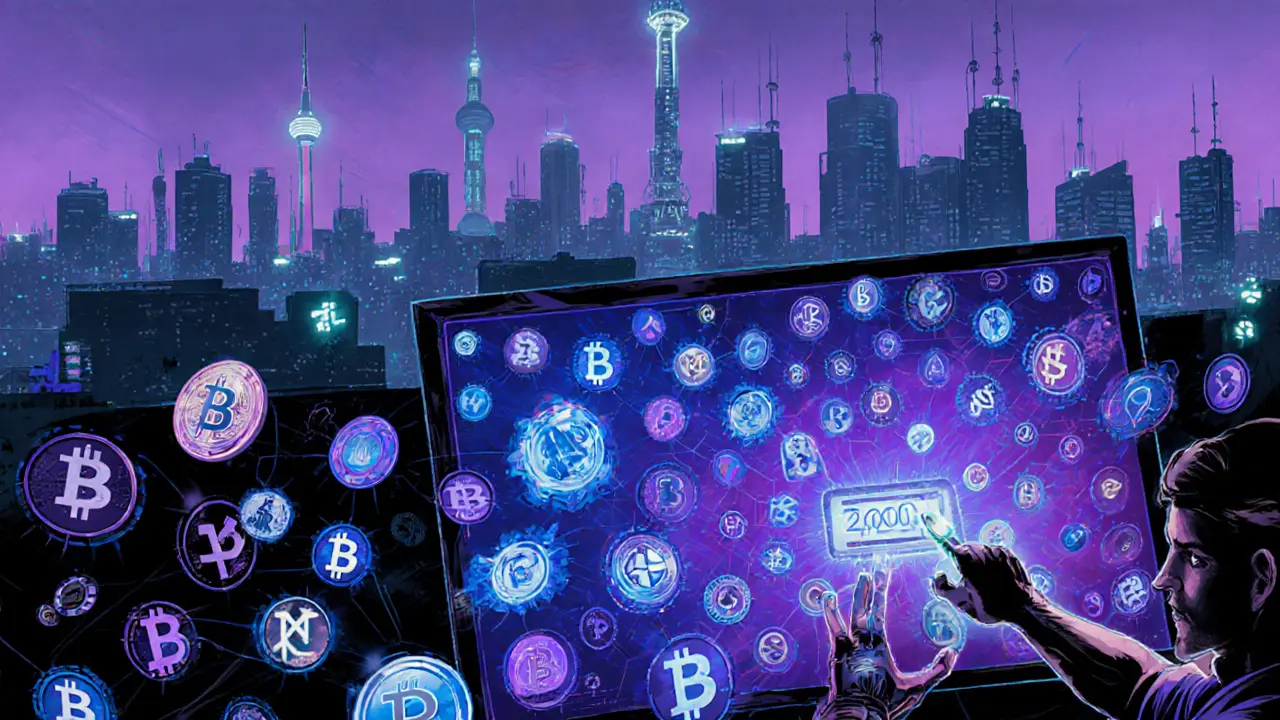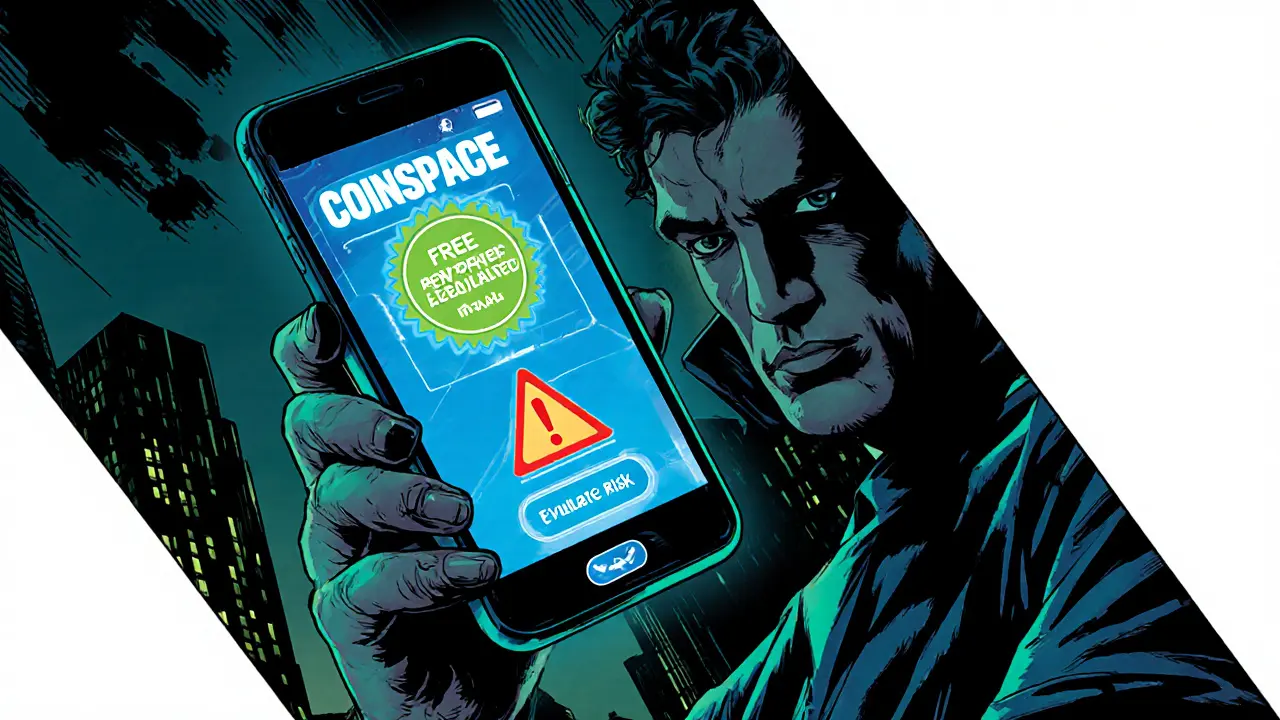Unregulated Exchange: What It Is and Why It Matters
When talking about Unregulated Exchange, a trading platform that operates without official financial oversight or licensing. Also known as non‑regulated crypto exchange, it typically sidesteps the rules that traditional brokers must follow. This lack of oversight means users often face higher Decentralized Exchange (DEX)‑style interfaces, looser KYC standards, and a gray‑area legal status. Because regulators aren’t watching, Crypto Regulation gaps become a key factor in how these platforms operate. At the same time, the same freedom invites Airdrop Scams and other fraud tactics that prey on unsuspecting traders. Understanding these pieces helps you decide whether to use such a service or stay clear.
Unregulated exchanges encompass a wide range of services, from simple token swaps to full‑blown order books. The biggest difference from regulated venues is the lack of mandatory compliance checks, which means you’re often the one doing the heavy lifting on due‑diligence. Think of it as driving a car without airbags – you have the freedom to go anywhere, but you also bear the risk if something goes wrong. This environment requires users to verify contract addresses, inspect liquidity pools, and watch for sudden token price drops. When a platform doesn’t hold a license, there’s no safety net if the operators disappear with your funds.
Key Risks You’ll Face on an Unregulated Exchange
First up, liquidity can vanish in minutes. Because there’s no central authority guaranteeing market depth, a popular token might drop from a $10 million pool to a few thousand dollars after a single large trade. That’s what we call Liquidity Risks. Second, the lack of audit trails means that transaction histories can be altered or hidden, making it harder to prove ownership if a dispute arises. Third, many unregulated platforms are hotbeds for phishing attacks: fake login pages, spoofed support accounts, and malicious smart contracts that steal tokens the moment you approve them. Finally, because these exchanges operate outside the law, they often become a conduit for money‑laundering and other illicit activities, which can attract law‑enforcement scrutiny that indirectly drags honest users into trouble.
Regulatory pressure influences how unregulated exchanges evolve. In regions where crypto laws are tightening, operators may shift to more covert hosting solutions or rebrand under new domain names to avoid bans. That fluidity makes it crucial to track the platform’s history – a short‑lived URL could be a warning sign. Likewise, when governments issue guidance on Crypto Regulation, many unregulated sites either shut down or double down on anonymity, which in turn raises the bar for security checks you must perform.
So how do you protect yourself? Start with a simple checklist: verify the contract address on an official source, compare it against a reputable block explorer, and make sure the token’s code is open‑source. Use a hardware wallet for any sizable holdings – that way, even if the exchange turns out to be a phishing front, your private keys never leave your device. Keep an eye on the platform’s community channels; sudden drops in activity or a flood of negative reports are red flags. Finally, limit the amount you trade on unregulated sites. Treat them like a sandbox where you experiment with small sums rather than a primary gateway for your portfolio.
Another practical tip is to diversify where you trade. If you find a promising market on an unregulated exchange, see if the same asset is listed on a regulated venue. Moving funds between the two can let you enjoy lower fees or unique token pairs while still having a fallback option that’s under regulatory protection. Remember, the goal isn’t to avoid unregulated exchanges entirely – they can provide access to innovative projects that haven’t made it to mainstream platforms – but to engage with them responsibly.
Many users also wonder about airdrops. Unregulated exchanges often announce “free token” drops to attract liquidity. While some airdrops are legitimate, a large portion turn out to be Airdrop Scams that require you to sign a transaction giving the issuer permission to move any token in your wallet. The safest route is to claim airdrops only through the official project website or a known, audited smart contract. If the claim process asks for private keys or unusually broad approvals, walk away.
In short, an unregulated exchange is a double‑edged sword: it opens doors to new assets and lower fees, but it also strips away many of the safety nets you get on regulated platforms. By understanding how unregulated exchange dynamics work, recognizing the role of Decentralized Exchange (DEX) technology, and staying alert to liquidity and scam risks, you can make smarter decisions.
Below you’ll find a curated list of articles that dive deeper into specific tokens, airdrop guides, exchange reviews, and regulatory updates – all aimed at giving you the actionable insight you need before you step onto any unregulated trading floor.





